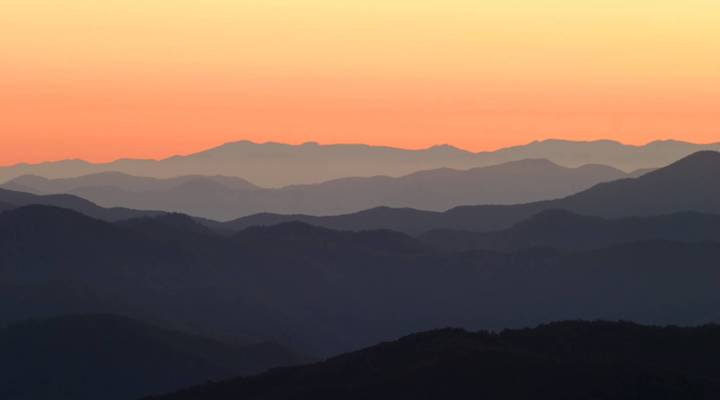
America’s national parks, a century of nature and economics
America’s national parks, a century of nature and economics

This year marks 100 years of the National Park Service. Aside from introducing generations to the nation’s iconic outdoor spots, U.S. national parks have also grown into a significant economic driver and jobs engine, particularly in rural communities.
With attendance at all-time highs and poised to grow as low gas prices encourage Americans to hit the road, private businesses that serve park visitors are gearing up for another big year. Early numbers show more than 300 million visits in 2015, a record. Numbers like that can also be a challenge, raising concerns about just how many people the system can handle.
Many of the businesses that benefit from the national parks economy are family-operated, like YExplore. Co-owner John DeGrazio has been taking Yosemite National Park visitors on hikes for a decade. He’s equally passionate about the famed Half Dome and El Capitan as he is about showing off the park’s lesser known treasures. The overall national park visitor growth of recent years has boosted his company, with business jumping around 30 percent last year.

Grand Canyon National Park
“We are proud to be able to bring on more guides and be able to help the local economy,” DeGrazio said.
The National Park Service says visitors spend more than $15 billion a year in communities near the parks. That adds up to nearly 300,000 jobs and billions more in economic impact. Big firms benefit too. Disney, Subaru and other large brands partner with the parks. So does the outdoor retailer REI.
“Our company was really founded in those national parks,” explained Jerry Stritzke, REI’s CEO. “Our history and our bones are very much connected to those national parks.”

Yosemite is the third most popular national park.
REI has a multi-million dollar partnership with the National Park Foundation. Stritzke says it’s the right thing to do for conservation and the bottom line. He believes a strong, popular parks system boosts the entire outdoor business. The partnership is one way to reach a new generation of customers that cares more than ever before about preserving and enjoying the environment.
The exploding popularity of the national parks also raises concerns about whether expanding crowds will strain the system.
“It can be an operational challenge for our staff on the ground,” said National Park Service Director Jon Jarvis. “We want to make sure the public have a fantastic experience and that the resource is protected as well.”

A geyser at Yellowstone National Park, the nation’s fourth most popular park.
Jarvis has seen the growth first hand as he worked his way up from ranger to the top job. He’s optimistic that his team is ready, citing a bigger budget from Congress and technology that helps park officials steer visitors so they don’t hit the same parks at the same time. There’s an increasing emphasis on providing more travel information, so visitors can plan their trips to avoid the busiest times and entrances. The system is trying more sophisticated pricing strategies, betting that lower entrance fees at off-peak times will ease crowding in the peak summer months.
As these things go, record popularity is a pretty nice problem to have. A lot of businesses big and small are counting on that run to continue.

Rocky Mountain National Park’s Bear Lake at sunrise. Rocky Mountain rounds out the top five most-popular national parks.
There’s a lot happening in the world. Through it all, Marketplace is here for you.
You rely on Marketplace to break down the world’s events and tell you how it affects you in a fact-based, approachable way. We rely on your financial support to keep making that possible.
Your donation today powers the independent journalism that you rely on. For just $5/month, you can help sustain Marketplace so we can keep reporting on the things that matter to you.












